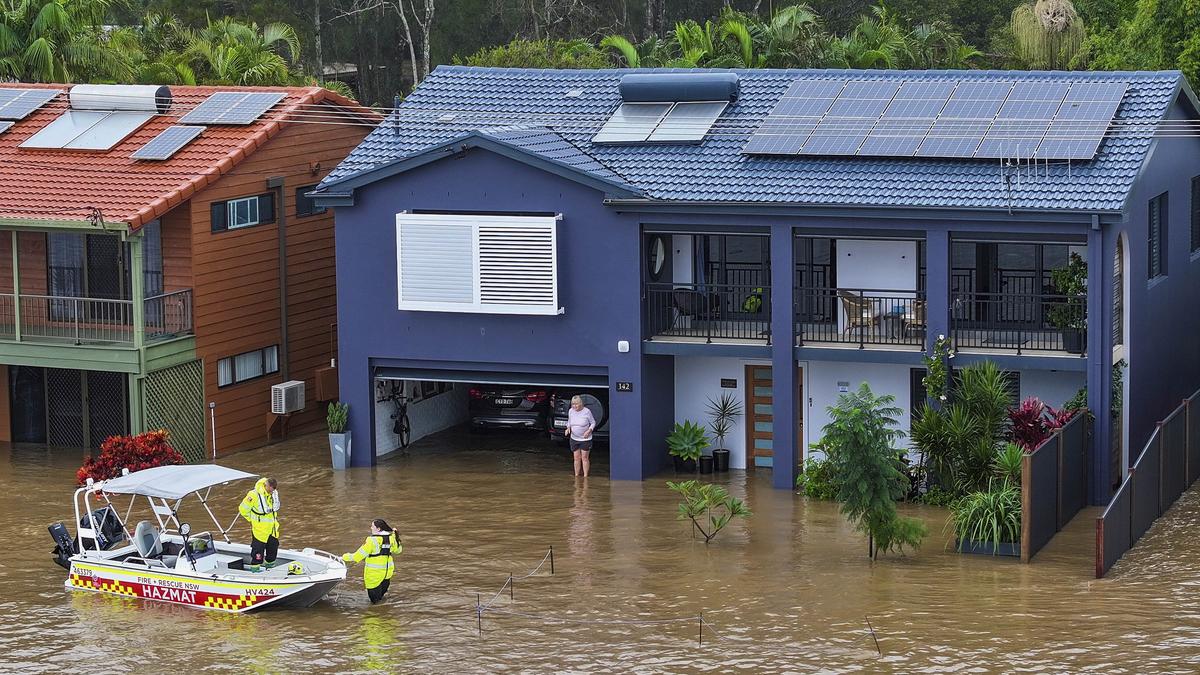Now Reading: Eastern Australia Floods: 3 Dead, 1 Missing Amid Record Deluge
-
01
Eastern Australia Floods: 3 Dead, 1 Missing Amid Record Deluge
Eastern Australia Floods: 3 Dead, 1 Missing Amid Record Deluge

Rapid Summary
- Record Flooding: Eastern Australia’s coast faced unprecedented flooding,breaking records from 1921 and 1929. Heavy rains have persisted since May 20,2025.
- Casualties: Three dead:
– A man (63) found in a flooded house; cause under inquiry for medical issues.
– A man (30) drowned while driving through a flooded intersection.
– A woman (60) found dead after her SUV was trapped in floodwaters.
- Missing Persons: One person (49) remains unaccounted for after walking near floodwaters at Nymboida.
- Evacuations & Rescues:
– More than 500 rescued over two days; many stranded on rooftops or attempting unsafe crossings of flooded roads.
– Around fifty thousand people urged to evacuate or prepare for isolation.
– fourteen evacuation centers established across affected regions like Taree, Kempsey, Port Macquarie, Coffs Harbour, and Bellingen.
- Weather Updates:
– Some areas recorded up to two feet of rain due to persistent low-pressure systems as May 19. The intensity of rainfall began reducing by May 22.
Indian Opinion Analysis
The extreme flooding in Eastern Australia highlights the growing unpredictability and severity of natural disasters worldwide. For India-a nation frequently impacted by monsoons, cyclones, and floods-this event serves as a stark reminder about the importance of robust disaster management systems. Australia’s coordinated rescue efforts involving helicopters suggest room for learning regarding technological integration into emergency responses.
India’s vulnerability mirrors some patterns observed here: attempts at crossing flooded areas often result in fatalities or rescues. This underscores the need for education campaigns that prioritize safety during such events.Climate resilience measures-including accurate forecasting tools and infrastructures like evacuation centers-must remain central to policy growth.
Further cooperation between nations impacted heavily by climate-related disasters might offer cooperative solutions to mitigate risks tied to prolonged extreme weather events.



























